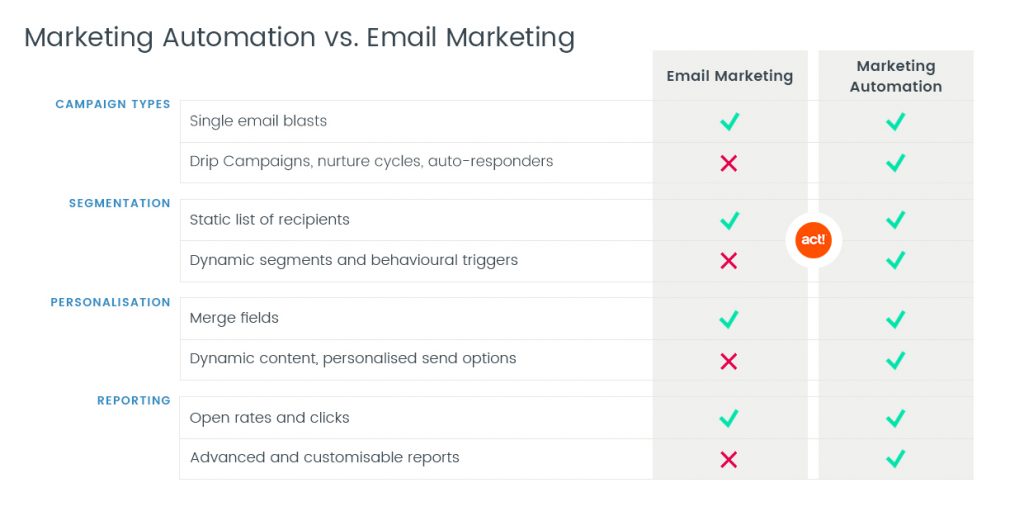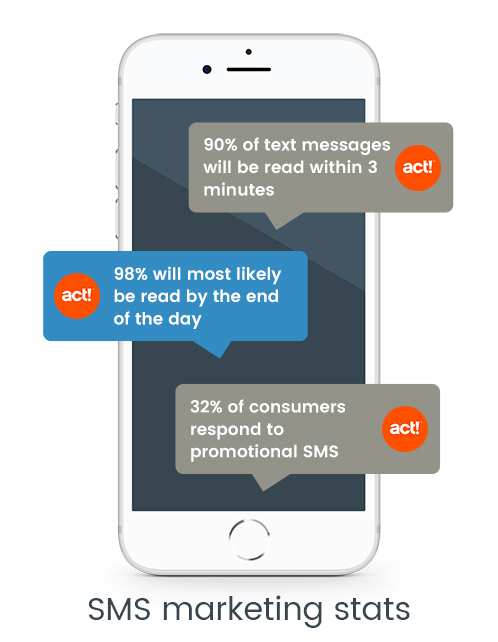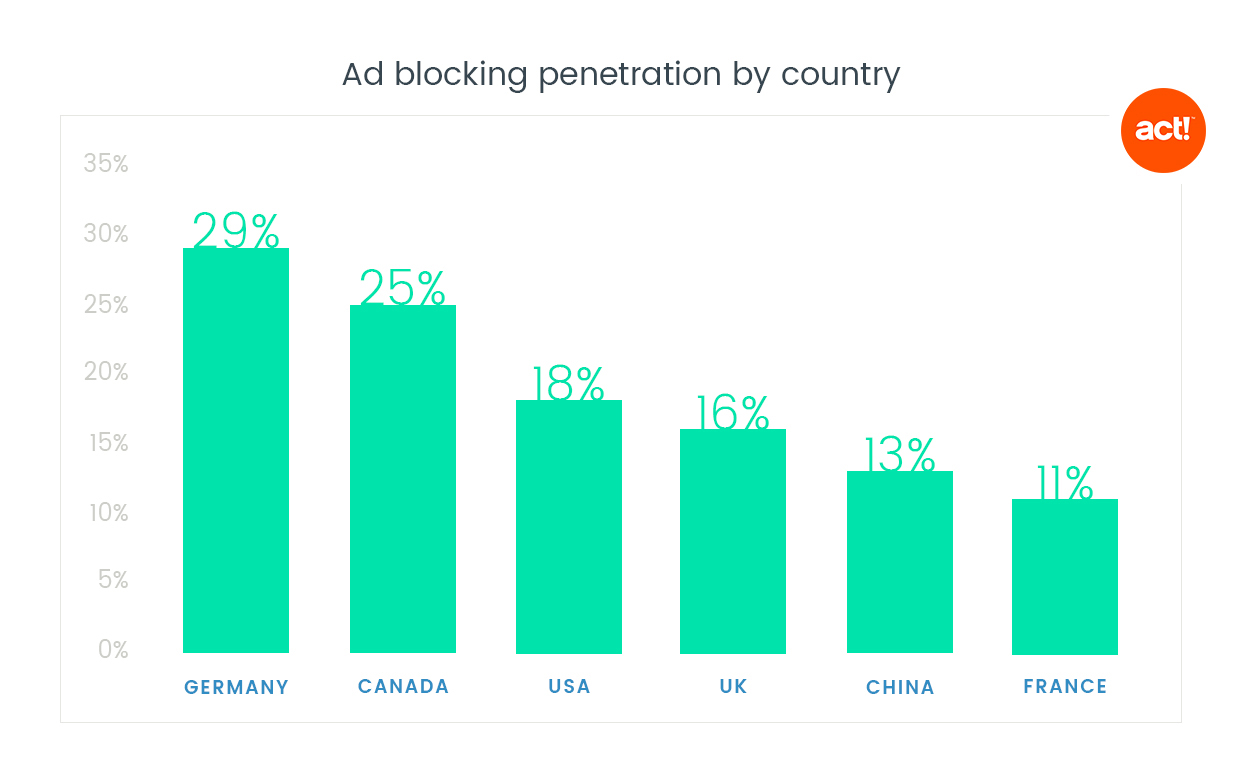
Although email marketing is constantly cited as a core element of the marketing arsenal, the effectiveness and relevance of email marketing campaigns in this day and age is questionable. Marketing and technology have changed dramatically over the years. Buyers have evolved as well and expect a more personalised brand experience. Should marketers stop emailing and change the methods used to communicate with their audience?
Email has an excellent track record
Email has been proven to be one of the most cost-effective ways to reach customers and prospects. In fact, marketing guru Seth Godin has called email ‘the most personal advertising medium in history. Three-quarters of companies think the ROI email offers is either excellent or good. And email marketing is the strongest performing channel generating $38 for every $1 spent. Sure sounds like email won’t simply go away. But, there are new challenges to be considered.
It’s not as simple as it used to be
New email marketing laws like GDPR mean some practices are not only no longer legal, but perhaps more importantly, no longer ‘accepted’ by society. The result is increased awareness of and concern about data privacy and security. Gone are the days of buying email lists off a third party and bulk mailing them without the recipient’s consent. It’s now necessary for all those being emailed to opt into your list. And offering them an easy way to opt out is also required.
Recent scandals received a lot of criticism and raised serious concerns for citizens about what is being done with their personal information. These include Cambridge Analytica’s use of users’ data in the US presidential campaign and the Global Surveillance Program brought to life by Edward Snowden. These things only make prospects more reluctant to provide their contact information in exchange for reports or to even receive an e-newsletter. Marketers must now work even harder to gain the trust of their audience before they’re willing to do so.
Looking at average open rates and click rates on email campaigns: the average open rate is around 25% while click-throughs are around 4%. This means 75% of people who receive the email do not open it and 96% do not click on any link included in the email. Plus, if you’re anything like me, you hate receiving promotional offers or unsolicited emails in your inbox. And undesirable or annoying emails can only hurt a brand’s reputation. Fortunately, there are ways to improve email open and click-through rates while improving your brand’s value in the eyes of your audience.
An updated approach
So, should you continue running email marketing campaigns? If email still provides you with a high ROI, then you should definitely keep it as part of your marketing efforts. If it doesn’t, you may want to focus more on the following areas in the future to improve your results:
1. More marketing automation
The trend is less email marketing blasts to your customer base or prospects and more highly personalised communications to individuals on your list. Marketing automation programs allow for well-defined steps as well as conditions designating who receives what and when.
Doing so focuses on providing users with useful information they’re truly interested in. Of course, the result is an increase in opens and click-throughs while creating a better connection with your audience. Plus, they will trust you more because they feel like you understand their interests, needs and concerns.
Integrate a CRM with marketing automation software to take advantage of valuable data captured in both systems. This facilitates setting up an email or communication cadence based on the customer or prospect type and their stage in the buying journey as well. Learn more about the differences between email marketing and marketing automation here.

2. More SMS marketing
More and more businesses are adopting SMS marketing. This is often a good means of communications for short and important information. It may not be a realistic mode of communication for all businesses/industries but I receive more and more SMS messages.
For example, I now receive dentist and doctor appointment reminders by text plus occasional offers from my favourite takeaway. As opposed to emails, I don’t mind them since it’s easy to opt-out of them.
The advantage of SMS marketing is that it is much more likely to be read by your customers: 90% of messages sent are read within 3 minutes, and 98% of messages are read by the end of the day. Plus, the response rate for SMS is significantly higher than email at 32%!
If you do SMS marketing, ensure you are not spamming your contacts. Be certain you’re providing them with useful information AND always give them the option to opt out. Otherwise, you’re putting yourself at risk of damaging your brand. Better yet, gain their permission before sending SMS text messages to your customers. Don’t forget how personal this method of communication can feel to some people, so don’t overdo it. Also, remember to include a company name at the top of the message, proof it before sending to avoid errors, and be brief. These things will improve the success of marketing text messages.

3. More inbound marketing
People are tired of marketing and advertising resulting in more and more people installing ad blockers on their browsers. Currently, 11% of the global internet population is blocking ads on the web. Those downloading ad blockers cite reasons such as security, virus and malware concerns, and interruptions.
The rising use of this technology makes internet advertising much less productive than it once was. Instead of pushing messages out to customers or prospects, like in traditional advertising or email marketing, create content and resources that will be useful for them. This will make them want to come to you.
This content takes on many different forms such as blogs, case studies, white papers, special reports, webinars, and more. The most effective type varies depending on your industry and audience. Whatever you use it should educate, answer questions, or solve problems for those who read it. Plus it must be relevant to the particular audience and their individual situations. This attracts qualified prospects, builds trust, and increases the credibility of your brand.

Including relevant content on your website allows prospects to find you as they start their buying process online by searching. Another way to attract potential customers is by sharing your content through social media platforms. Facebook®, Twitter®, Instagram®, Pinterest® and LinkedIn® are all good options. Which ones you should use all depend on which ones your audience tends to use. When prospects click on content links in social media posts they are sent to the content on your site. By use of messages, forms, or meetings you’re able to convert them to leads when they opt in to your list. This allows you to keep in touch with them and develop a relationship. It’s easy to track these leads through the use of your CRM database. Plus, you’ll have permission to send these prospects emails, SMS and other types of communication too.
Although email marketing is not dead, practices are changing and companies need to adapt to these changes by focusing on new strategies. Whether the strategy is marketing automation, SMS marketing, inbound marketing, or others, the key to today’s marketing efforts is to consider your customers and prospects as ‘users’ rather than simple agents ready to receive your offers and click. Focus on creating truly useful content and communications that your customers and prospects will be interested in. When you do, the results will follow naturally.






